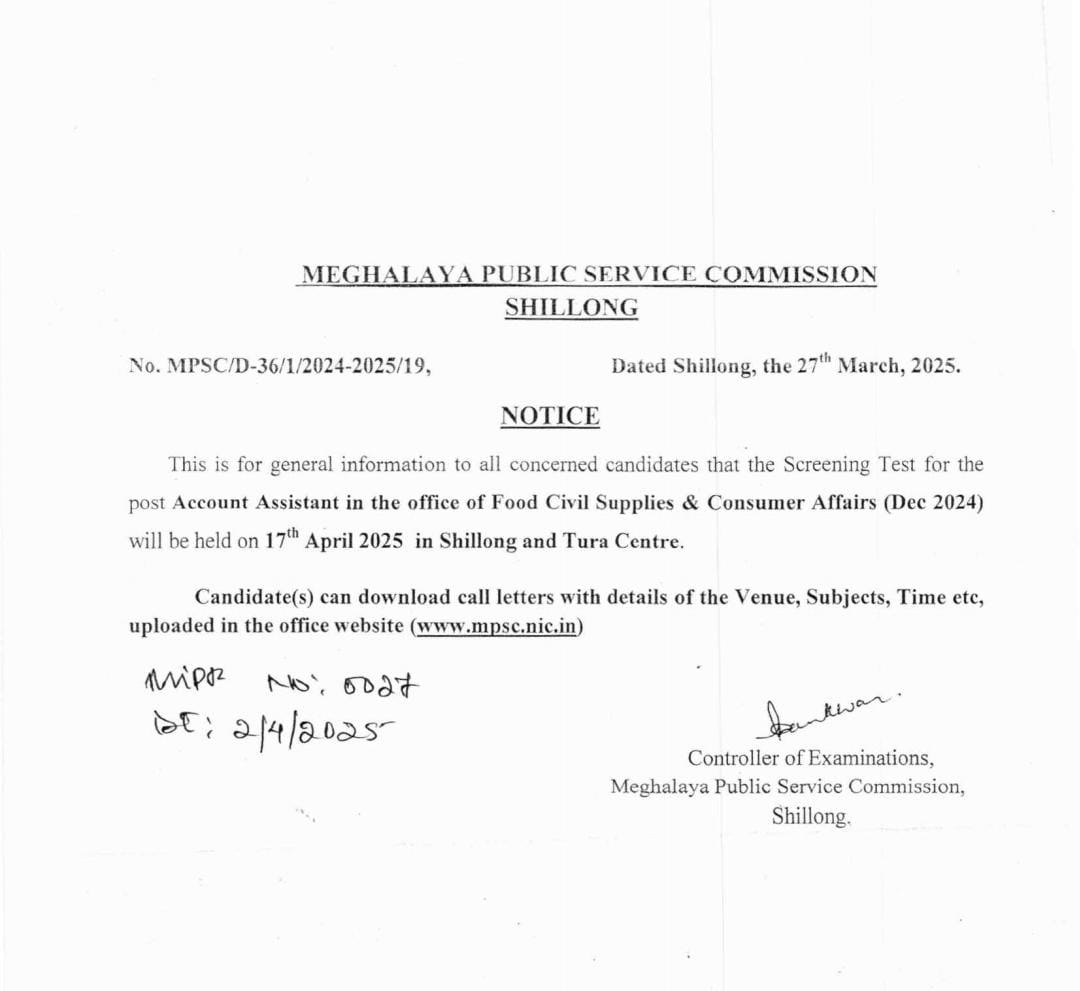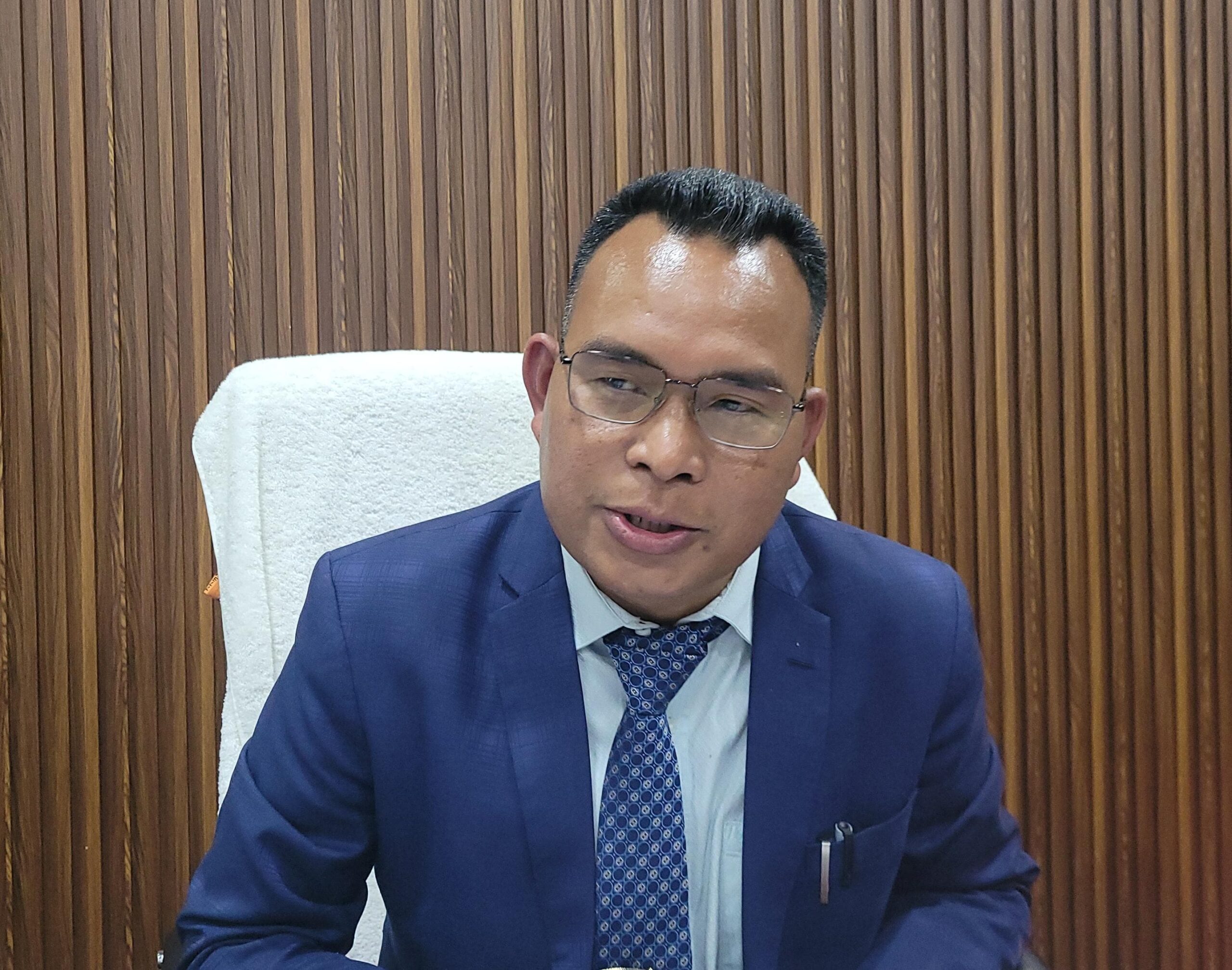‘Exclusive’
Did you know that nearly 25% of Meghalaya’s population cannot read or write? With the state’s literacy rate hovering around 74%, this troubling figure highlights a growing crisis in education, further exacerbated by high dropout rates at the secondary level.
In an exclusive interview with Meghalaya News 24, Education Minister Rakkam A. Sangma expressed his concern, stating, “Yes, the record is a bit shocking. However, I’m not sure how accurate the data is. We need to find out if it’s a data issue or a practical reality. There may be reasons like poverty, distance from schools, or other challenges, but we will investigate and call for a review meeting soon.”
According to the 2011 Census, Meghalaya’s literacy rate stands at 74.43%, with male literacy at 76.00% and female literacy at 72.89%. While East Khasi Hills district boasts the highest literacy rate at 84.70%, several other regions are falling behind. Sangma highlighted that some districts, particularly in Garo Hills and Jaintia Hills, are struggling more than others.
East Jaintia Hills recorded the lowest literacy rate at 58%, followed by West Jaintia Hills at 63%, West Garo Hills at 67%, and South West Garo Hills at 69%. The rest of the eight districts have more than 70% literacy.
Sangma pledged, “We will definitely find out the root cause, whether it’s a real issue or a data discrepancy. A review meeting will be called at the earliest, and steps will be taken to address it. This is my promise. I urge everyone to work together to make Meghalaya a 100% literate state.”
In addition to the literacy crisis, the state is grappling with alarming school dropout rates. According to the 2023-24 SDG Index report, the annual dropout rate for students in classes 9-10 is 21.7%, the highest in the region. Extensive field research was conducted in 8 of the state’s 12 districts, including West Garo Hills, North Garo Hills, and Ri Bhoi, to understand the scope of the problem.
Sangma explained, “The dropout rates are primarily at the primary and secondary levels. In primary education, it might be due to double enrolment, as we don’t have enough pre-primary schools. Many children registered as Class One students may actually be in pre-primary, which inaccurately reflects the data.”
At the secondary level, pass rates are worryingly low, ranging between 20-30%. However, the Education Minister is hopeful about the state’s proactive measures to combat this issue. “We’ve adopted policies like twice-yearly board exams and remedial classes under the CM Impact Programme. These initiatives are both student- and teacher-friendly, and I am confident that we will see positive results in the next two to three years,” Sangma stated.
Meghalaya’s renewed focus on addressing literacy and dropout rates marks the beginning of what could be a transformative period for the state’s education system. As the government ramps up efforts to bridge regional disparities and improve educational outcomes, the goal of a fully literate Meghalaya seems more achievable.
Under the Ministry of Education’s New India Literacy Programme (NILP), which aims to enroll one crore learners per year above the age of 15, Meghalaya hopes to bridge its educational gaps and ensure a brighter future for its youth.
It may be mentioned that the Ministry of Education (MoE) defines literacy as the ability to read, write, and perform basic calculations with comprehension. Beyond these foundational skills, literacy also includes essential life competencies, such as digital literacy and financial literacy, which are crucial for navigating modern society.


